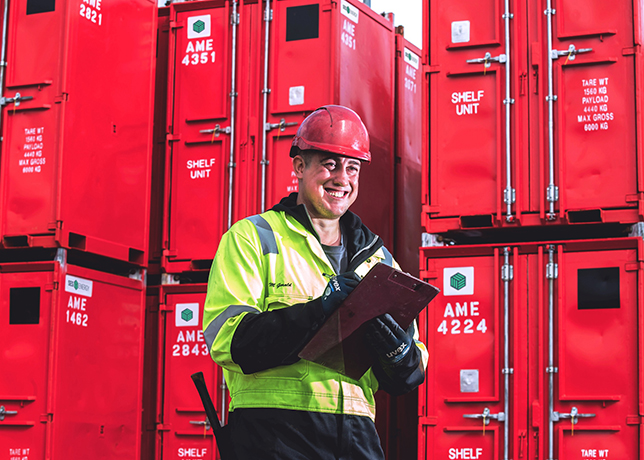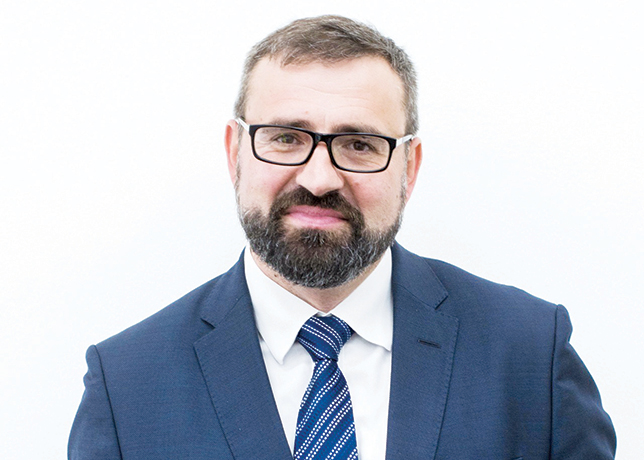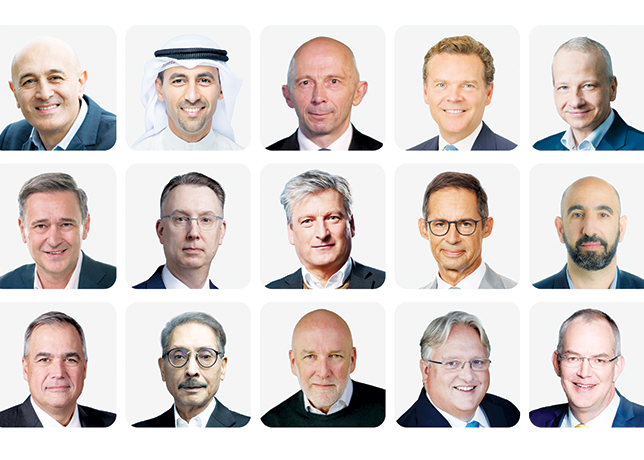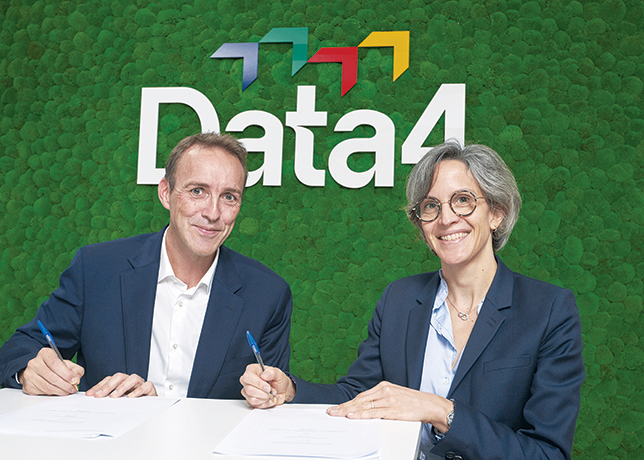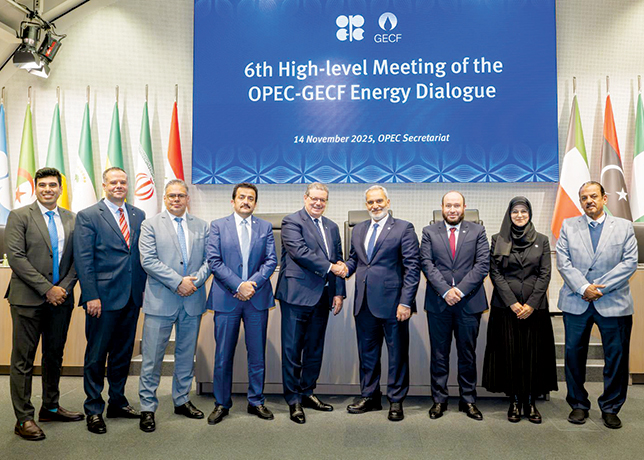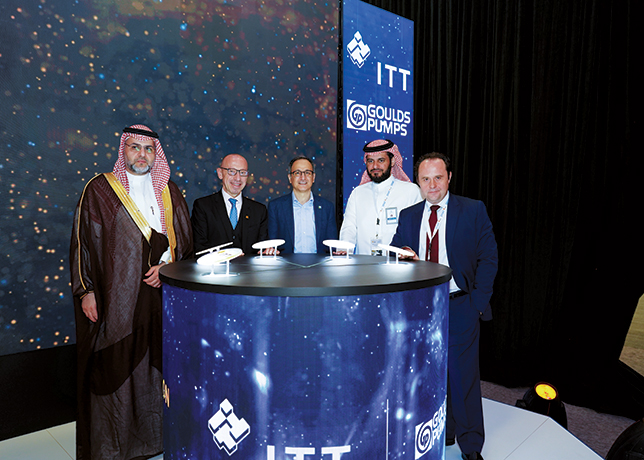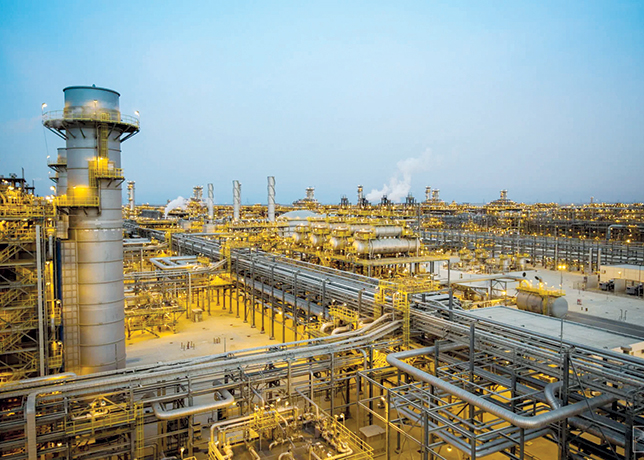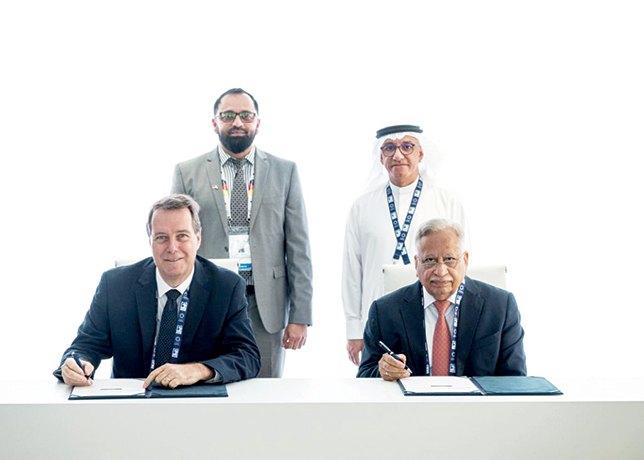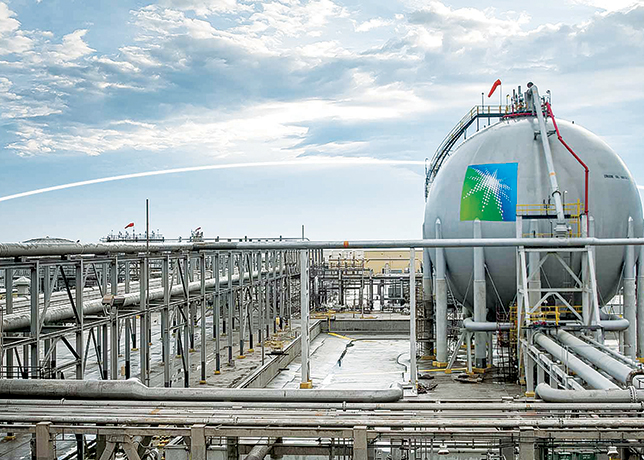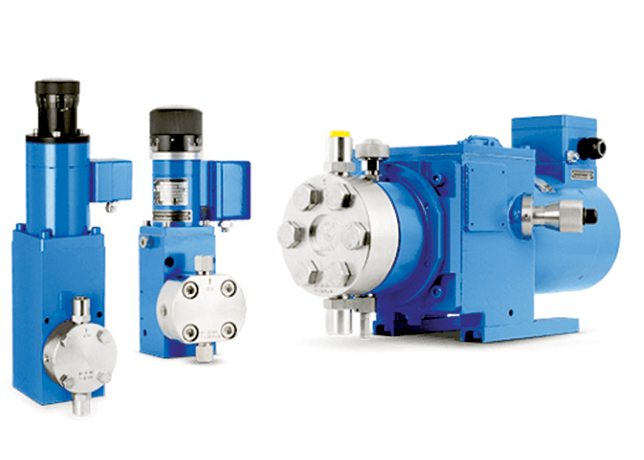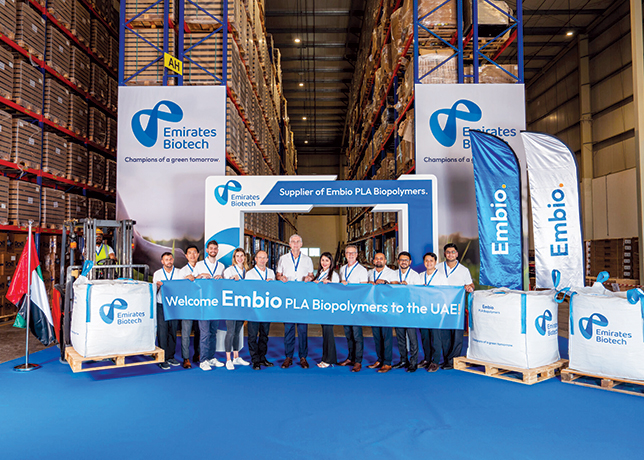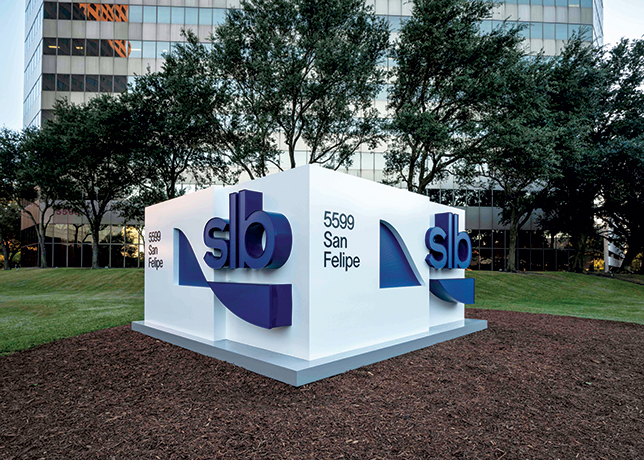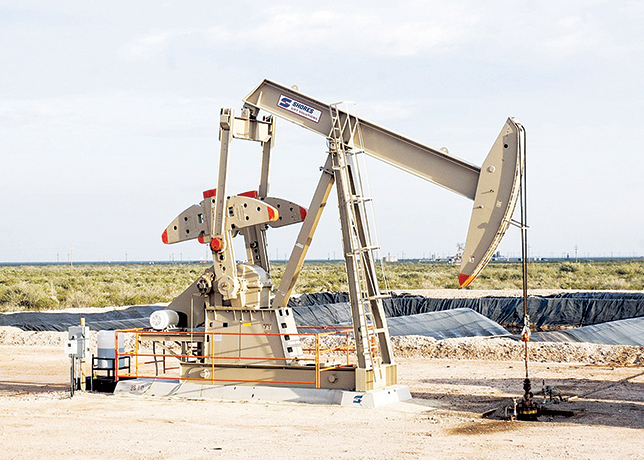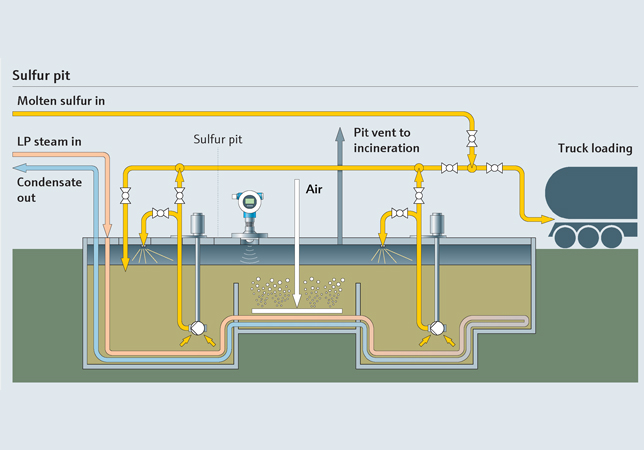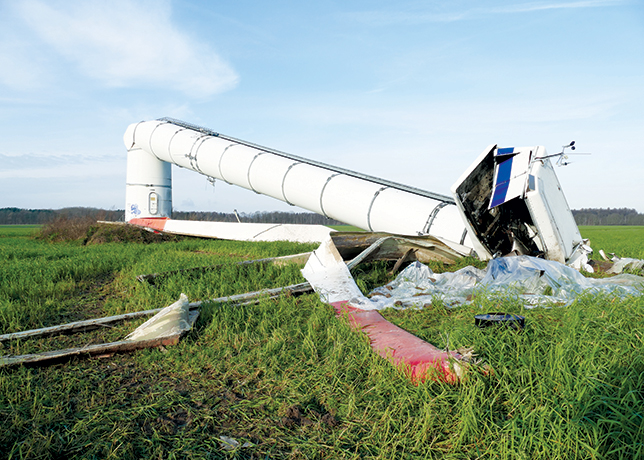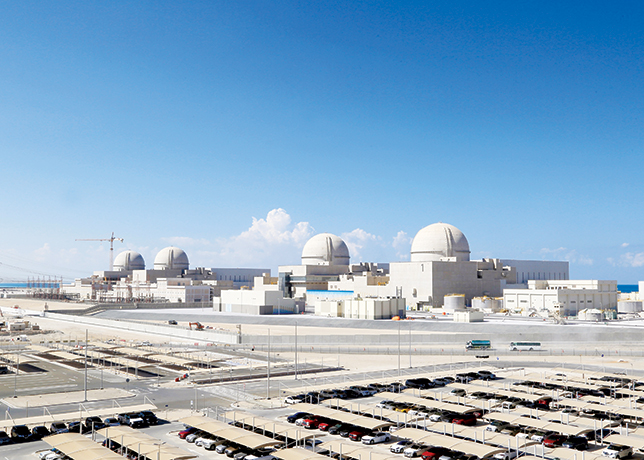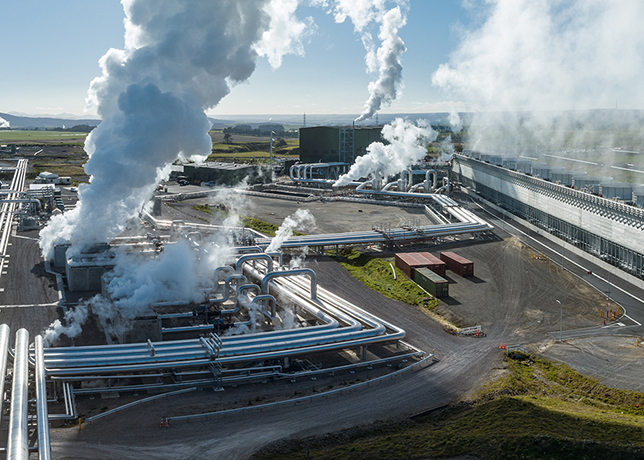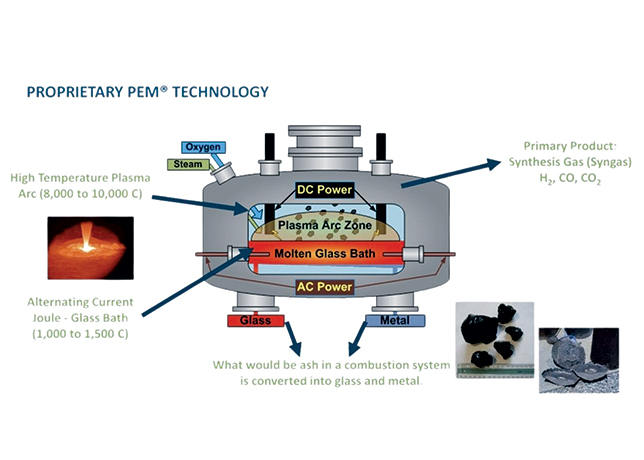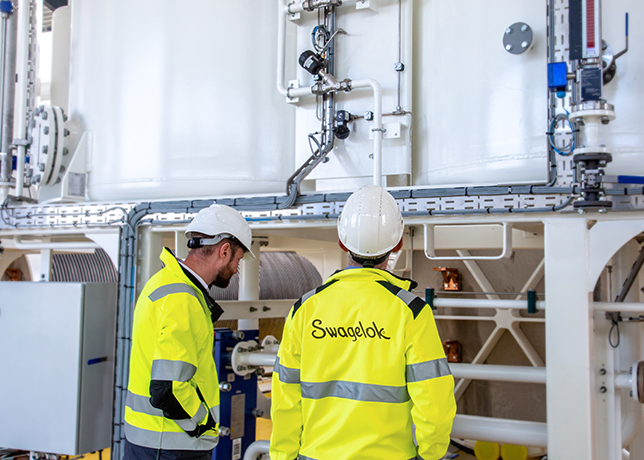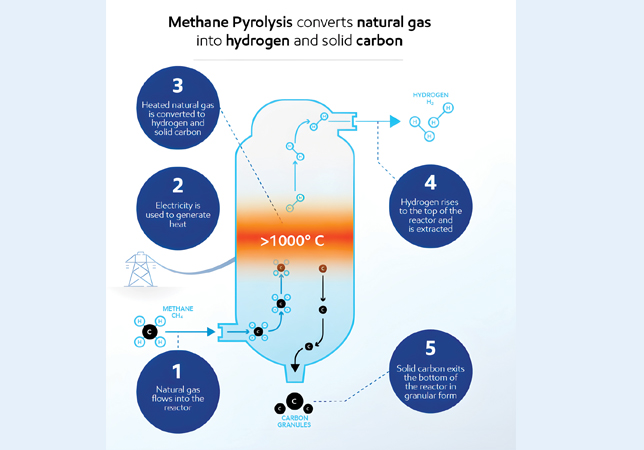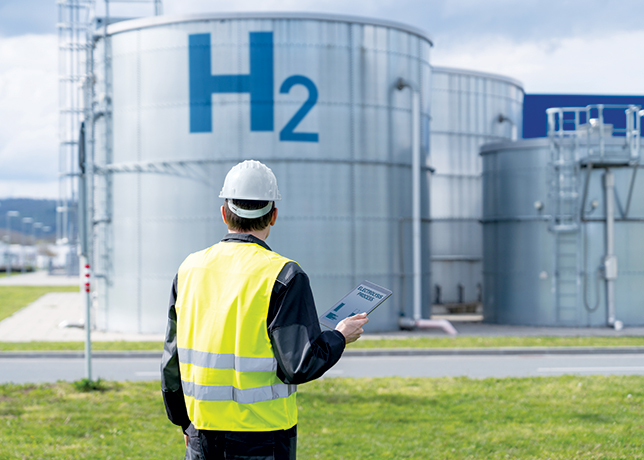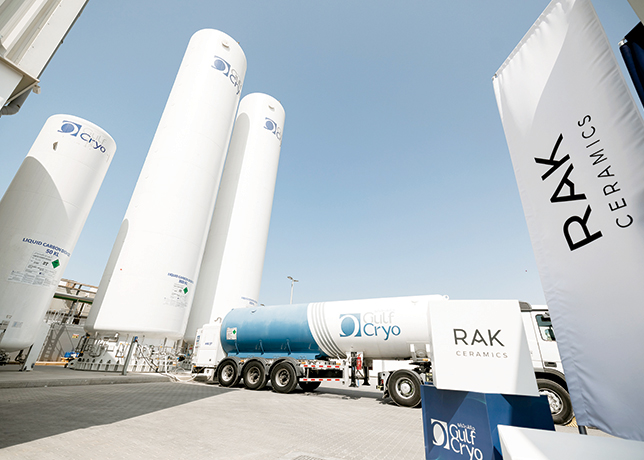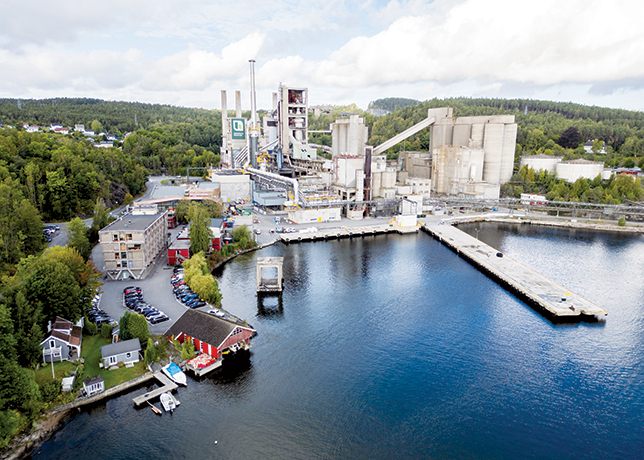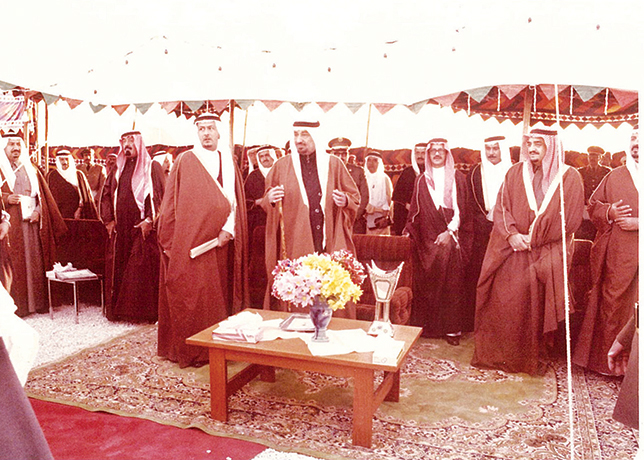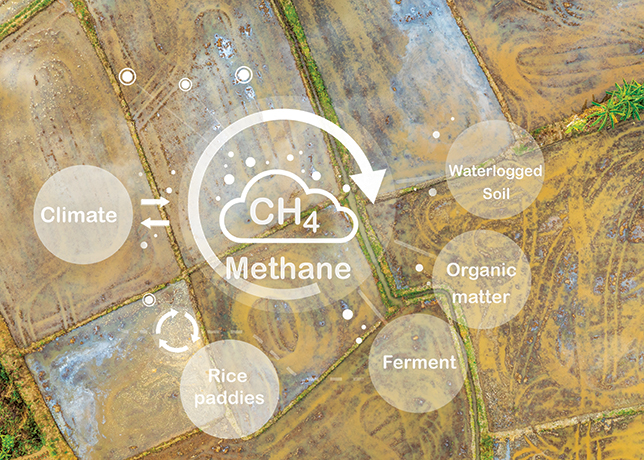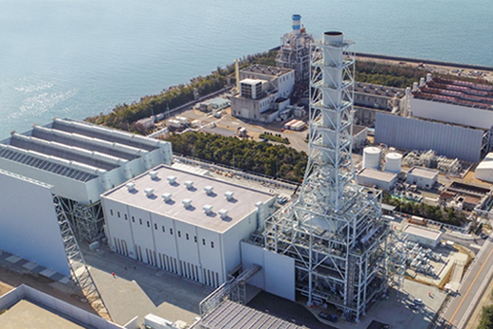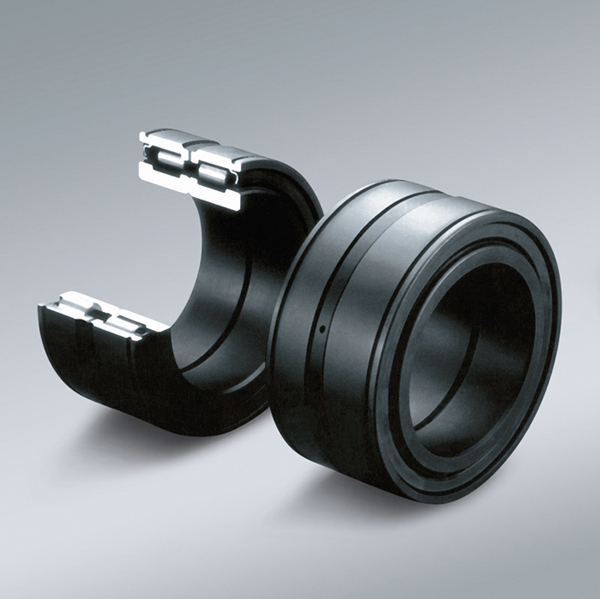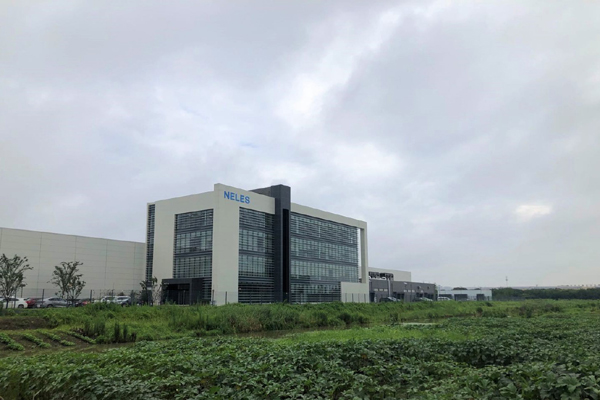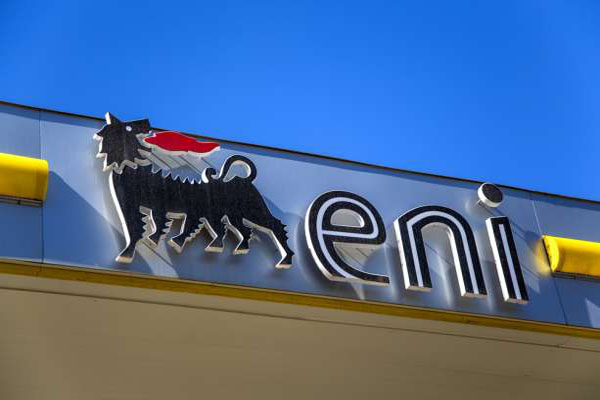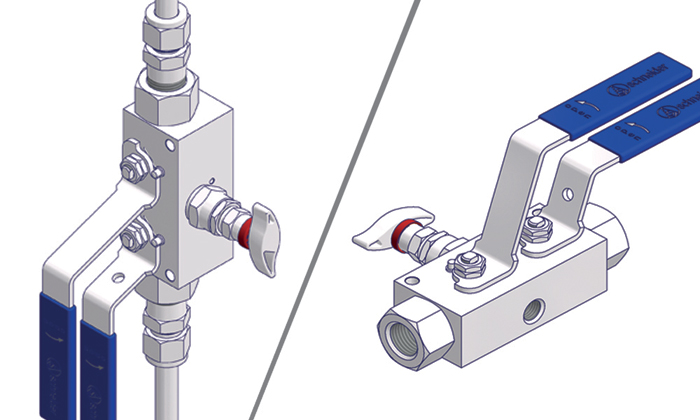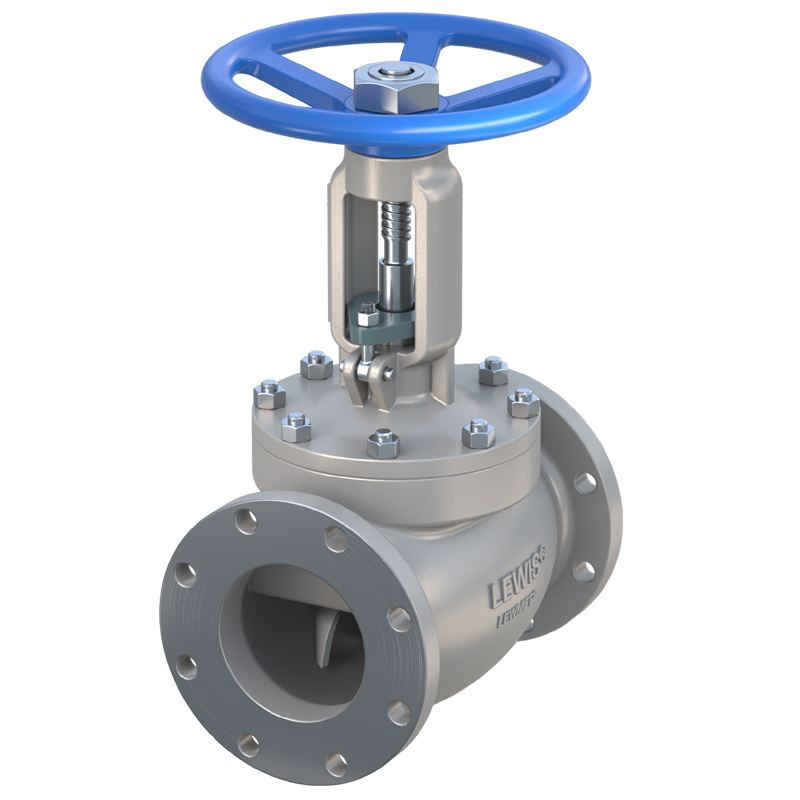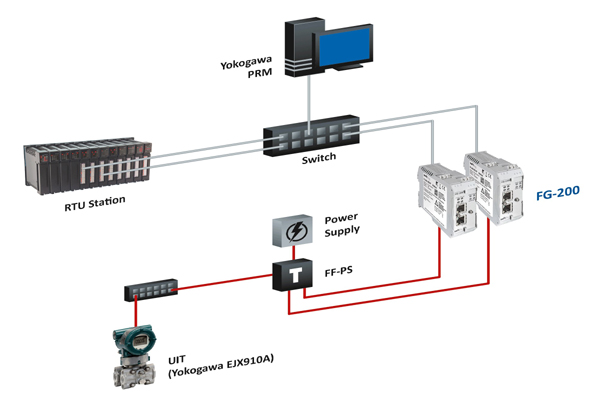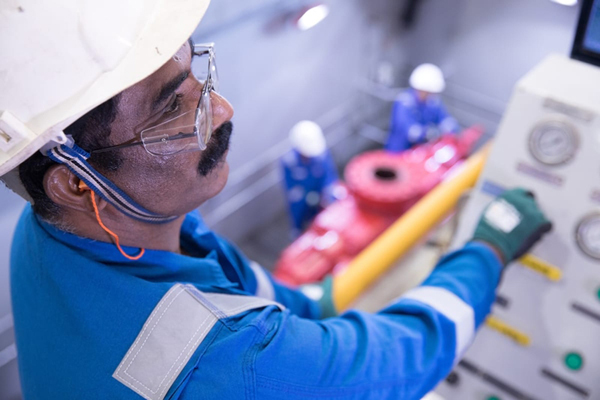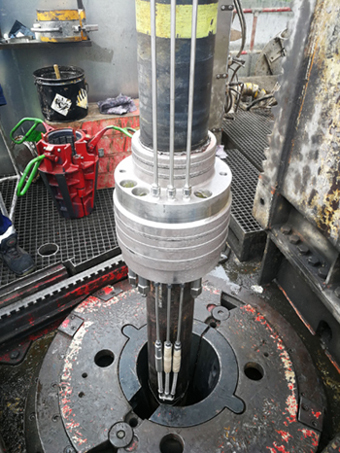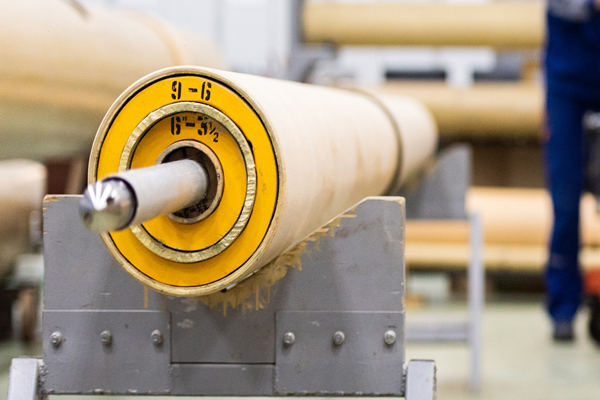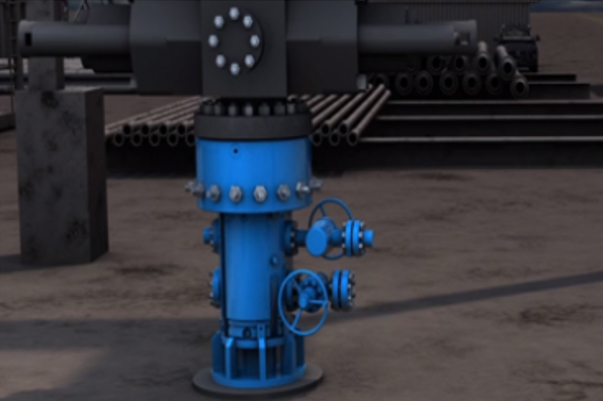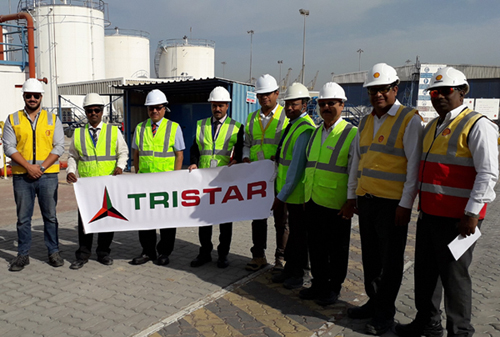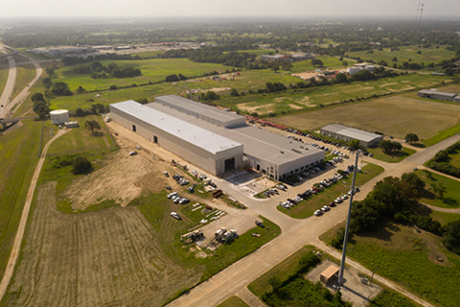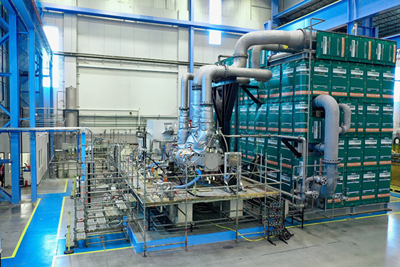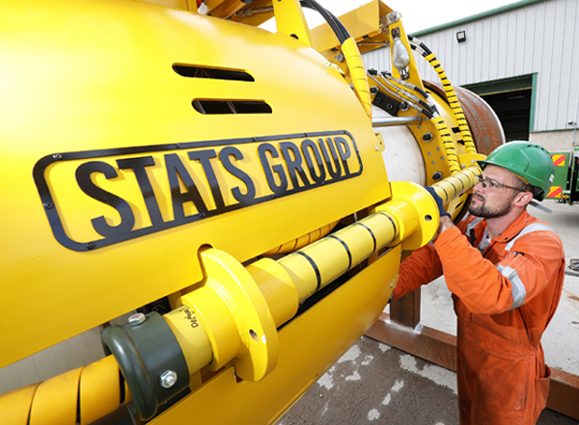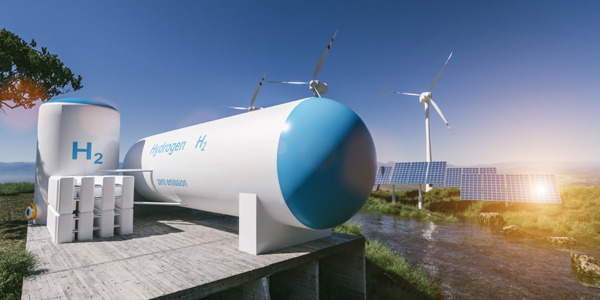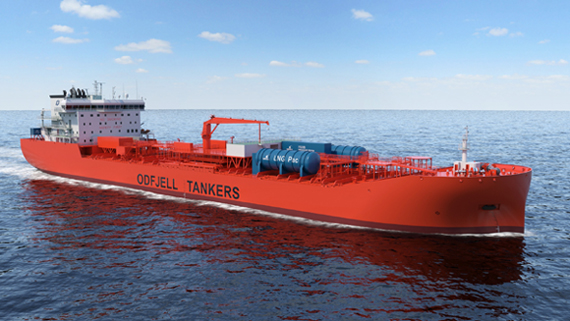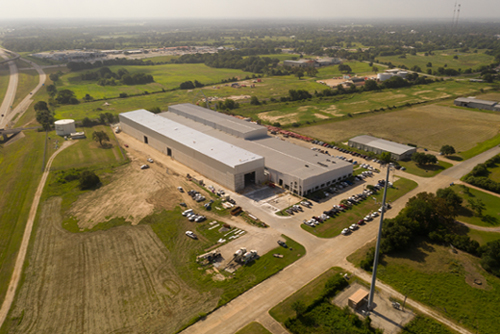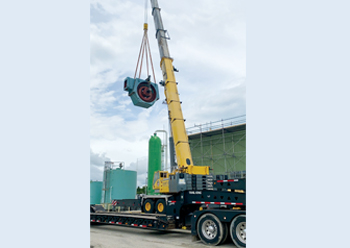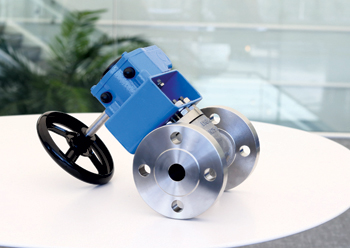
 Subsurface software should seamlessly integrate data and industry knowledge from numerous sources
Subsurface software should seamlessly integrate data and industry knowledge from numerous sources
The new modules and updates will help E&P operators rise to the challenges presented by a maturing industry, and the energy transition, without additional software investment at each stage, say company officials
Lloyd’s Register has launched a suite of new modules and updates to its subsurface software packages IC and IP.
The software’s new capabilities are prompted by the increasing need to capture and utilise data across the entire lifecycle of wells and fields, allowing exploration and production (E&P) operators to rise to the challenges presented by a maturing industry, and the energy transition, without additional software investment at each stage. The new modules and software updates are schedule to be demonstrated at the virtual SPWLA 62nd Annual Symposium 2021 in May.
According to Derek Crombie, Vice President of Subsurface at Lloyd’s Register said, integrated digital technologies are vital for subsurface operators to keep pace with, and push the boundaries of, a rapidly changing world.
'With countries such as Denmark no longer issuing new hydrocarbon exploration licenses, E&P operators are increasingly seeking to maximise output from their existing assets and subsurface regions. In addition, many abandoned wells are now being earmarked for other uses such as carbon capture, utilisation and storage, geothermal and waste disposal. The industry is on a journey of change as it transitions to alternative and differing subsurface technology applications than just hydrocarbon production. Increased insights of scale, from region to well, across the lifecycle of all subsurface assets will be more valuable than ever in this changing world,' he says.
Crombie adds: 'Equally, as retiring engineers are replaced with the next generation, and remote working is becoming the new normal, subsurface software needs to be geared towards integrating data and industry knowledge from numerous sources as seamlessly as possible.'
One of the new modules – Casing Inspection – introduced to IP, Lloyd’s Register’s subsurface interpretations software, will seamlessly integrate mature well monitoring and abandonment into the platform, strengthen IP’s existing collection of cased-hole tools, further improving insights across a well’s lifecycle.
Two further modules will provide automated workflow benefits for users. Textural Facies will create an automated workflow for determining rock texture types from image log data, while Log QC will highlight data quality issues with raw log measurements.
The IP software will also benefit from a refreshed, cloud-ready user interface designed to be touch-screen compatible with a more detailed home screen view and improved search function, resulting in a more intuitive user experience.
IC, Lloyd’s Register’s well integration and visualisation software, will benefit from a new addition to produce more detailed correlations of the subsurface characteristics between wells as well as easier to apply interactive interpretations.
Not only will the tool be highly insightful for oil and gas operators, it can also play a role in new energy markets by identifying locations to tap geothermal resources, fresh water or lithium brine extraction, as well as being used to access underground aquifers or waste disposal sites. IC will produce holistic subsurface interpretations at a higher resolution than ever before, improving insights and decision making across any aspect of a project’s lifecycle.
The new correlations feature is bolstered by a new data import infrastructure to make it even simpler for users to merge and integrate disparate subsurface data for visual display and interpretation.
Nial McCollam, Lloyd’s Register’s CTO, says: 'Decades of subsurface exploration has led to rapid growth in data collection and storage. However, poor quality data can have an impact on the accuracy and precision of decision-making. These IP and IC updates are vital for the industry to keep pace with the demands of an ever-changing world and will pave the way for operators to successfully adopt innovative technologies as they become available.'
Lloyd’s Register is a global professional services organisation specialising in engineering and technology solutions. It’s also the world’s first marine classification society, created more than 260 years ago to improve the safety of ships.
Lloyd’s technical expertise is offered in more than 70 countries, by more than 6,000 employees, across many industries. Its experts advise and support clients to improve the safety and performance of complex projects, supply chains and critical infrastructure.








